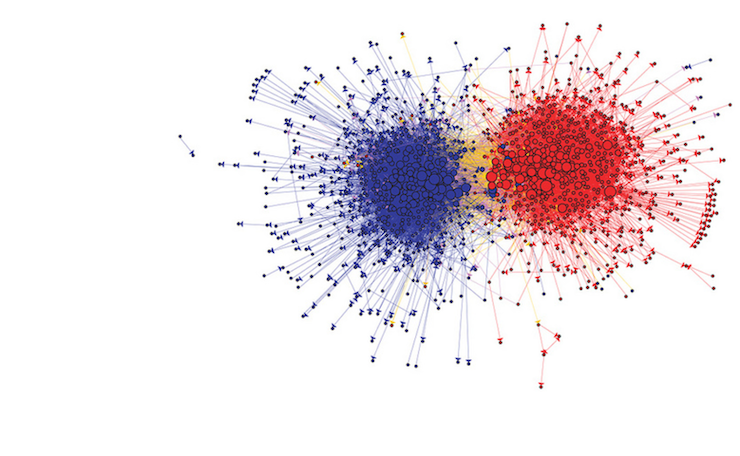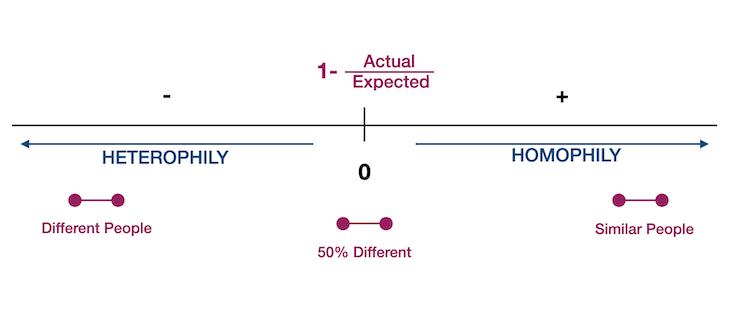Homophily in Kids Coding
How Algoritmic Interventions Influence Children's Interactions
 Credit image Adamic & Glance 2005
Credit image Adamic & Glance 2005
In this project I aim to investigate what evidence of homophily and heterophily we can identify when observing children’s activity on an Scratch online programming platform. I specifically seek to understand how some algorithmic interventions, such as featuring remixed projects on the homepage, influence the diversity of children’s interactions. I hypothesize a more diverse network could lead to an increase in platform retention and therefore to an improvement in children’s programming practice.

Working definitions:
- Homophily refers to the degree to which pairs of individuals who interact are similar with respect to certain attributes, such as beliefs, values, education, social status, etc.
- Heterophily is the degree to which pairs of individuals who interact are different with respect to certain attributes.
- Network diversity in our project is defined as multidimensional heterophily measured across the following dimensions: gender, age, language of platform users.
- Computational thinking involves three key dimensions: (1) computational concepts (i.e. events, parallelism) (2) computational practices (i.e. iterating, remixing, abstracting), and (3) computational perspectives(i.e. expressing, questioning).
The full paper presenting the motivation, background research and rationale for this project is available here.